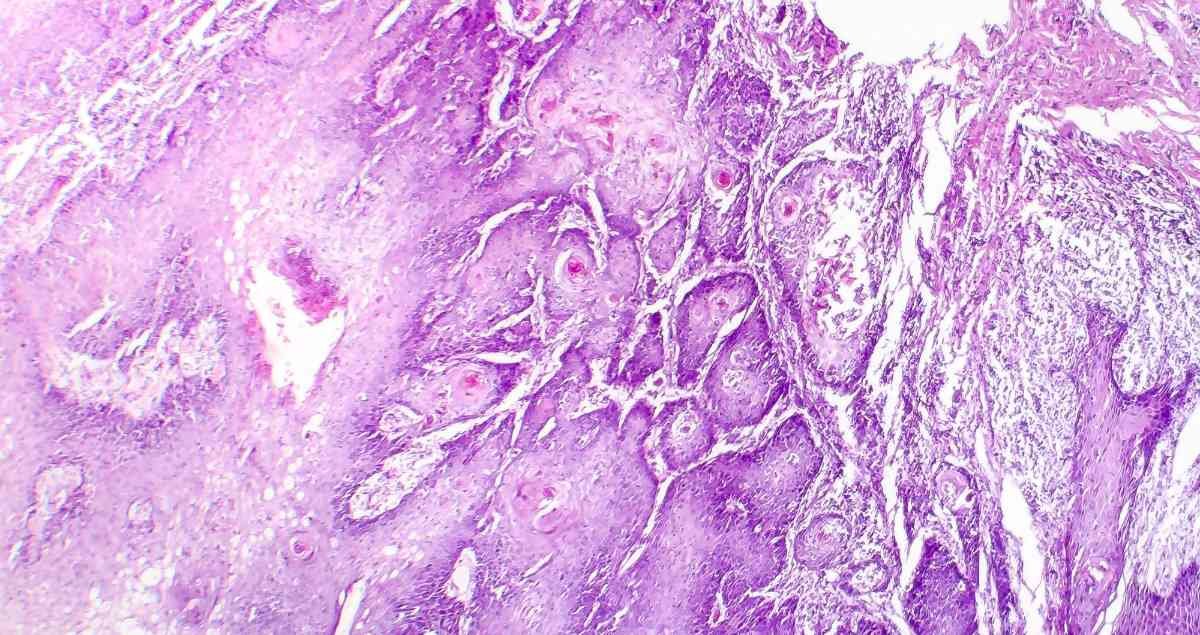
Leukemia, often referred to as a form of bone marrow cancer or cancer in bloodstream, is a type of cancer that primarily affects the body’s blood-forming tissues, including the bone marrow and the lymphatic system. Various types of leukemia exist, some affecting children and others primarily occurring in adults. Understanding the leukaemia symptoms, exploring the lymphoma cancer symptoms (to distinguish between the two conditions), and recognizing the signs of leukemia are crucial steps in early detection and treatment. This blog will delve into the symptoms of leukemia, the diagnostic process including blood tests for cancer, and the latest advancements in leukemia treatment.
Understanding Leukemia and Its Symptoms
Leukemia generally involves the proliferation of abnormal white blood cells, which can impede the body’s ability to fight infections and affect the production of blood cells. Symptoms of leukemia in adults and children can vary but often include fatigue, frequent infections, unexplained weight loss, easy bruising or bleeding, and bone marrow discomfort. Recognizing these signs early can lead to timely diagnosis and treatment.
Acute vs. Chronic Leukemia
Leukemia is categorized into acute and chronic forms, with acute leukemia characterized by the rapid increase of immature blood cells. This condition requires immediate treatment. Chronic leukemia progresses more slowly and might not manifest symptoms for years. The treatment and management of leukemia depend significantly on which type one has.
Diagnostic Processes
Diagnosis often begins with blood tests for cancer, which can reveal abnormal levels of white or red blood cells or platelets — indications of leukemia. Further tests, including bone marrow biopsies, are crucial for confirming the diagnosis and determining the specific type of leukemia, which is essential for crafting an effective treatment plan.
Advanced Treatment Options
Treatment for leukemia can vary widely depending on the type of leukemia, the age of the patient, and how far the cancer has progressed. Options may include chemotherapy, the primary treatment for most leukemia types, designed to destroy leukemia cells. In some cases, radiation therapy, targeted drug therapy, or immunotherapy might be recommended to attack cancer cells more precisely without harming normal cells.
The Role of Bone Marrow Transplant
In certain acute cases or when other treatments have failed, a bone marrow transplant may be considered. This procedure involves replacing the diseased bone marrow with healthy bone marrow from a compatible donor, potentially offering a cure for some leukemia patients.
The Future of Leukemia Treatment
Research in leukemia treatment is ongoing, with new therapies being developed and tested, including CAR T-cell therapy, a type of immunotherapy where a patient’s T cells are modified in a lab to better fight cancer cells. Clinical trials continue to be a pivotal part of advancing leukemia treatment, offering new hope and possibilities for patients.
Living with Leukemia
Beyond the physical treatments, supporting the emotional and psychological well-being of leukemia patients is vital. Support groups, counseling, and a strong support network can provide much-needed comfort and reassurance during this challenging time.
Conclusion
Leukemia is a formidable adversary, with varied symptoms of leukemia and complex treatment regimens. Advances in medical science have led to increasingly effective treatment options, offering hope to those affected. Early detection through awareness of leukemia symptoms and regular blood tests for cancer plays a critical role in successful treatment outcomes. As research progresses, the future for leukemia treatment looks ever more promising, bringing us closer to more effective and less invasive treatment options.










